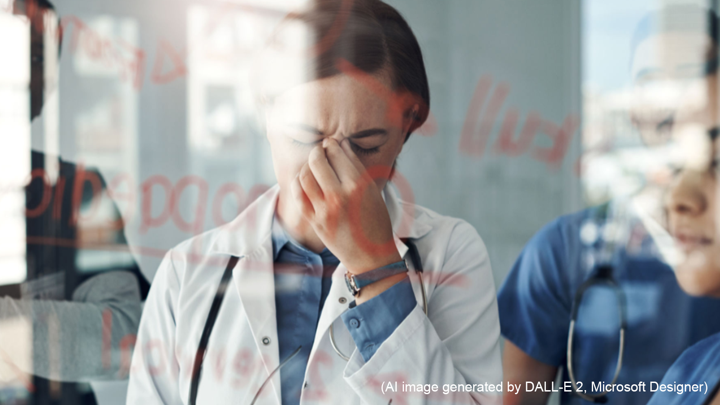Latest articles

2023.12.22 16:56
#0125 Don’t Sit This One Out: The Health Concerns of Working from Home
Don’t Sit This One Out: The Health Concerns of Working from HomeSince 2020, essential workers, who are at the frontline of handling the COVID-19 pandemic, have been out and about; but most other people have been working from home. While staying indoors was very necessary to contain the pandemic, almost two years into a work-from-home lifestyle, there’s another concern gaining gravity—a lack of physical activity among employees.A survey by the Department of Preventive Medicine and Public Health at Tokyo Medical University found that employees who worked from home were less physically active than those who travelled to office.Among the 1,239 survey participants, almost 40% worked from home. These employees were found to be mostly sedentary; they sat uninterrupted for long hours. In contrast, those who worked from office were significantly more active. This included light physical activity, like walking, and moderate to vigorous physical activity, like heavy labour. Those working in-office moved around to commute, during lunch hours, while walking through larger office spaces to get to the printer or the coffee, and so on, which increased their overall physical activity.Companies have long since taken note of the dangers associated with a sedentary lifestyle: increased mortality, a sluggish metabolism, and poor mental health, which affects employees’ productivity and performance at work. Long hours sitting have also been shown to negatively affect glucose metabolism. Therefore, some companies have introduced changes in their work environment, like adjustable workstations that can be used both while sitting and standing. These adjustments contribute to shortening an in-office employee’s sedentary bouts, thereby improving their overall health.Like companies, employees themselves can also consider some changes to their at-home work environment. For instance, a simple pop-up on their work device that reminds them to stand up and move around every few minutes would make a difference.While working from home has many understandable benefits—which motivates employees, increasing their concentration and performance—one is restricted to a smaller spatial area, and the sedentary lifestyle that accompanies their lack of reasons for movement poses a health risk. Employees and companies should recognise this and encourage greater physical activity and shorter sedentary periods.
1





























